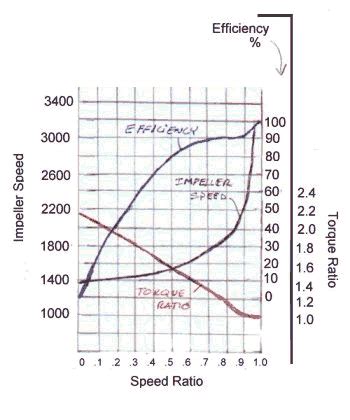Boost and TQ Curves: A Performance Synopsis
Understanding a vehicle's performance often hinges on interpreting its boost and torque (TQ) curves. These graphs illustrate the engine's power output across different RPM (revolutions per minute) ranges, providing invaluable insights into a vehicle's capabilities and characteristics. This article will delve into the intricacies of boost and TQ curves, explaining their significance, how to interpret them, and what factors influence their shape.
What are Boost and Torque Curves?
A boost curve charts the pressure increase (in PSI or bar) within the engine's intake manifold as a function of RPM. This pressure increase is generated by forced induction systems like turbochargers or superchargers, forcing more air into the combustion chamber. Higher boost generally translates to more power, but this relationship isn't always linear.
A torque curve, on the other hand, displays the engine's rotational force (in lb-ft or Nm) at various RPMs. Torque is the twisting force that accelerates the vehicle, and it's directly related to the engine's ability to pull weight and overcome resistance. A broad, flat torque curve signifies consistent power delivery across a wide RPM range, often associated with a more drivable and versatile engine.
How to Interpret Boost and Torque Curves
Analyzing these curves requires understanding their interplay. Ideally, you'd see both graphs plotted together. Here's what to look for:
-
Peak Boost: The highest point on the boost curve indicates the maximum pressure the system generates. This isn't necessarily the point of maximum power.
-
Boost Build-up: The rate at which boost increases with RPM. A quick build-up indicates a responsive turbocharger or supercharger, while a slow build-up might suggest lag.
-
Peak Torque: The highest point on the torque curve represents the engine's maximum rotational force. This is usually where the vehicle feels its strongest acceleration.
-
Torque Plateau: The flat portion of the torque curve, where torque remains relatively consistent across a range of RPMs. A wider plateau indicates more usable power across a broader rev range.
-
Power Band: The RPM range where both boost and torque are significantly high, representing the engine's optimal performance window.
What Factors Influence Boost and Torque Curves?
Several factors contribute to the shape and characteristics of boost and torque curves:
-
Turbocharger/Supercharger Size and Design: Larger turbos generally produce higher boost at higher RPMs but might suffer from turbo lag (a delay in boost building up). Smaller turbos spool up quicker but reach lower peak boost.
-
Engine Tuning: Engine calibration, including fuel mapping and ignition timing, significantly impacts both boost and torque production. Proper tuning maximizes power and efficiency while maintaining reliability.
-
Intake and Exhaust Systems: Restrictive intake or exhaust systems can hinder airflow, reducing both boost and torque. Upgraded systems can improve flow, increasing power output.
-
Intercoolers: Intercoolers reduce the temperature of compressed air, leading to denser air charges and ultimately higher power output. Their efficiency directly influences the boost curve's shape and torque production.
How Do Boost and TQ Curves Differ Across Engine Types?
The shape and characteristics of boost and torque curves vary significantly depending on the engine type and its design. Naturally aspirated engines (without forced induction) will have lower and less dramatic curves compared to turbocharged or supercharged engines. Different turbocharger designs also lead to diverse curves; variable geometry turbochargers (VGTs) can provide broader power bands than fixed geometry ones.
What is Turbo Lag?
Turbo lag is a delay between depressing the accelerator pedal and the turbocharger generating sufficient boost. This is common in larger turbochargers that need higher RPMs to spin up efficiently.
How Can I Improve My Boost and Torque Curves?
Improving boost and torque curves usually involves performance upgrades such as:
-
Upgraded turbocharger: A larger or more efficient turbocharger can significantly boost peak boost and widen the power band.
-
Performance exhaust: Reducing exhaust backpressure improves engine breathing and increases power.
-
Improved intake system: A free-flowing intake system allows more air into the engine.
-
Engine tuning: Professional tuning can optimize fuel delivery and ignition timing for maximum power and efficiency. However, this must be done carefully to avoid damaging the engine.
Conclusion
Understanding boost and torque curves is crucial for anyone seeking to optimize their vehicle's performance. By carefully analyzing these curves and understanding the factors influencing them, you can gain valuable insights into your engine's capabilities and identify potential areas for improvement. Remember that modifications should always be performed by qualified professionals to ensure safety and reliability.

